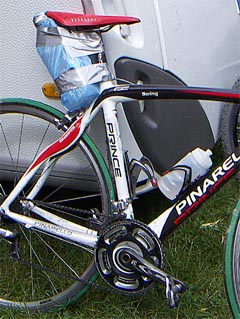Strength Training Without Additional Body Mass – 3
When you start to strength train you will make progress in the beginning with little effort. This is not due to hypertrophy, but rather neural adaptations. Maintaining a low body weight is essential in both road cycling and mountain bike, since carrying extra pounds (dead weight) decrease your performance. I have made a couple of training tips that can help you to avoid hypertrophy of your muscles when you strength train.
Strength Training Without Additional Body Mass – 3 Read More »

